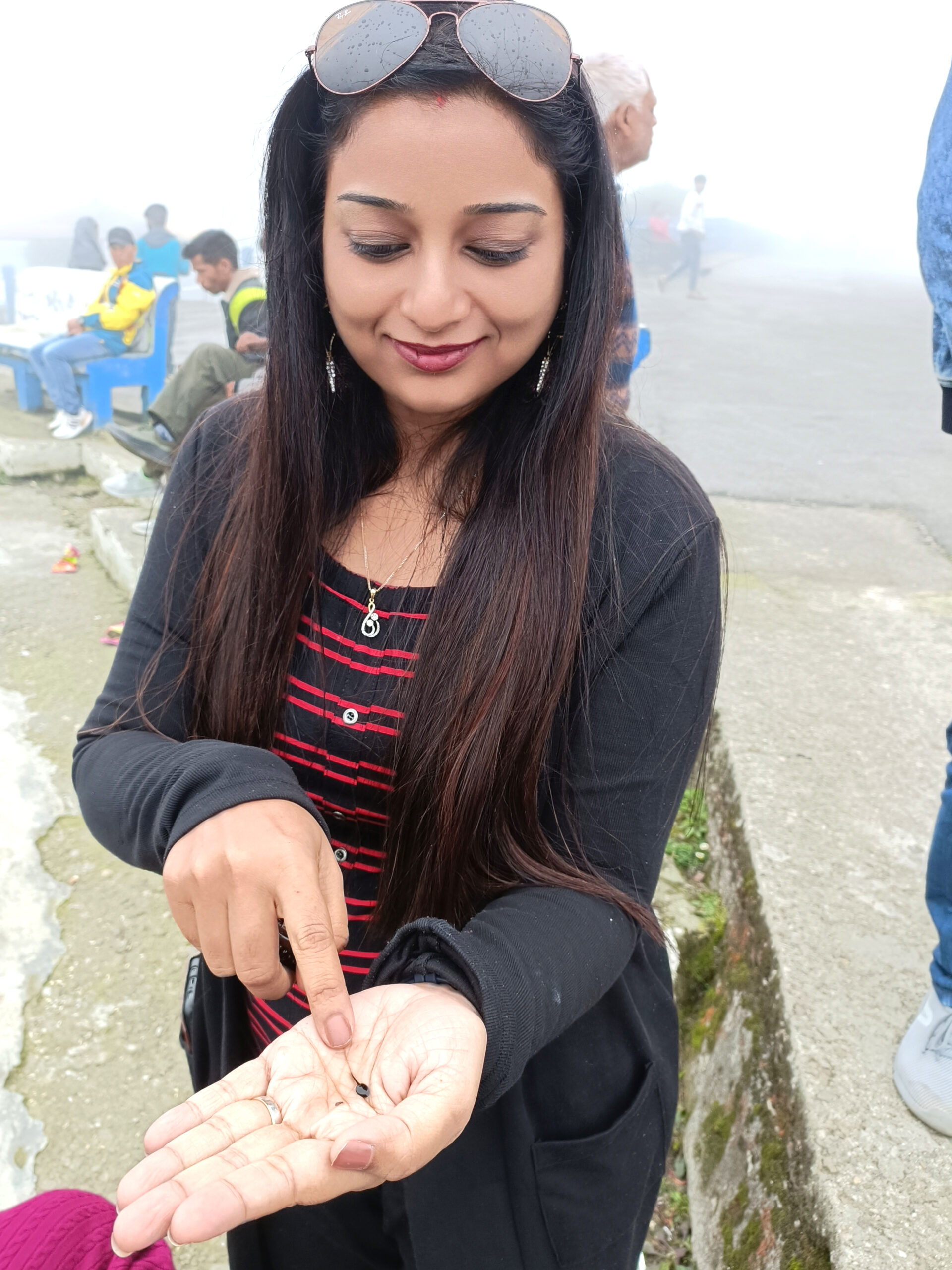Hello, Cuckoo!
What has been your research journey like? When did you first become interested in science?
My interest in science started early in my school days, but I never imagined becoming a researcher. I chose to study Zoology in college because of my childhood fascination with animals. During my MSc at Utkal University, Bhubaneswar, Odisha, I met Prof. Pravati K. Mahapatra, my mentor, who has made groundbreaking contributions to the study of retinoic acid and homeotic transformation in anurans. I then pursued my PhD under her guidance. During my PhD, I received a Fulbright fellowship and spent 9 months at the University of California Irvine, USA, working with regeneration biologists Dr. David Gardiner and Dr. Susan Bryant. I was greatly inspired by their work on salamander regeneration biology, and since I was already studying anurans, I began to focus on limb regeneration in anurans. My research journey has been very fulfilling, and I am currently working on several projects on the developmental biology of amphibians.

What are your current research interests?
Currently, I am working on appendage regeneration of amphibians and lizards. I have worked out the transcriptome of the limbs of larval and adult frogs as well as the regenerating limb blastema. Also, I am interested in understanding the impact of environmental factors on the physiology and development of amphibians. In this context, I am working on the effects of natural high background radiations (gamma radiations from natural deposits of radioactive metals) on amphibians. The project is funded by the Board of Research in Nuclear Sciences and is in collaboration with Dr Anu Ghosh, Scientist, BARC, Mumbai. I recently got a project from CSIR under the ASPIRE Scheme for Women Scientists to conduct a project on the role of microplastics as endocrine disruptors in anurans.
A lot of your work is using tadpoles. What do you find the most fascinating or fun about working with them?
Tadpoles are the larval stages of anuran amphibians. Anurans have a two-phase life cycle where the tadpoles, or larval stages, stay in water and undergo metamorphosis to become adults, who spend most of their life on land. One fascinating aspect of tadpoles is their ability to regenerate lost organs during their larval life, including eyes, gills, limbs, and tails. This makes them interesting vertebrate models for studying regeneration. Anurans have semi-permeable skin, making them susceptible to environmental changes in both their larval and adult stages. Thus, they can also serve as excellent models for studying environmental perturbations.

What does a day in your life look like at MSCBU?
A typical day at MSCB involves teaching, research, administrative tasks, and student interaction. Teaching activities usually start around 10:30 am and may include giving lectures, leading discussions, or conducting lab sessions. After lunch, time is often devoted to research, which may involve writing papers or analyzing data with PhD scholars. The day may include department meetings and administrative duties, such as overseeing student life in the hostel or participating in committee meetings like IQAC, Research and Development, and Anti-Ragging Committees.
What is it like to carry research and teaching hand-in-hand?
Balancing teaching with research is both rewarding and challenging. I teach postgraduate students developmental biology, cell biology, and molecular biology. When conducting research, I work on a wide range of topics, such as tadpole limb regeneration, lizard tail regeneration, and the impact of high natural background radiation and microplastics on amphibians. Research often enriches teaching by incorporating the latest developments into lectures. Teaching, on the other hand, can help clarify research questions. The biggest challenge is time management, as research demands focus and extended periods of concentration, while teaching requires consistent interaction and planning.

How long has it been since you were a part of InSDB? When did you get to know about the society?
I became a student member of InSDB in 2006 while pursuing my M. Phil at Utkal University when I attended an InSDB meeting at Agharkar Research Institute, Pune. Later, I also became a student member of SDB while I was a Fulbright fellow at the University of California, Irvine, USA. I attended a West Coast SDB meeting held in Hawaii. When I returned to India, I re-registered as a member of InSDB in 2016 and have remained a member since.
Finally, what do you do outside of your work? Do you have a hobby that you are passionate about?
Outside of work, I am a travel enthusiast. I love to travel and explore new cuisines and cultures.
—
Dr. Cuckoo Mahapatra is an assistant professor of Zoology at the Maharaja Sriram Chandra Bhanja Deo University. You can connect with her here.





